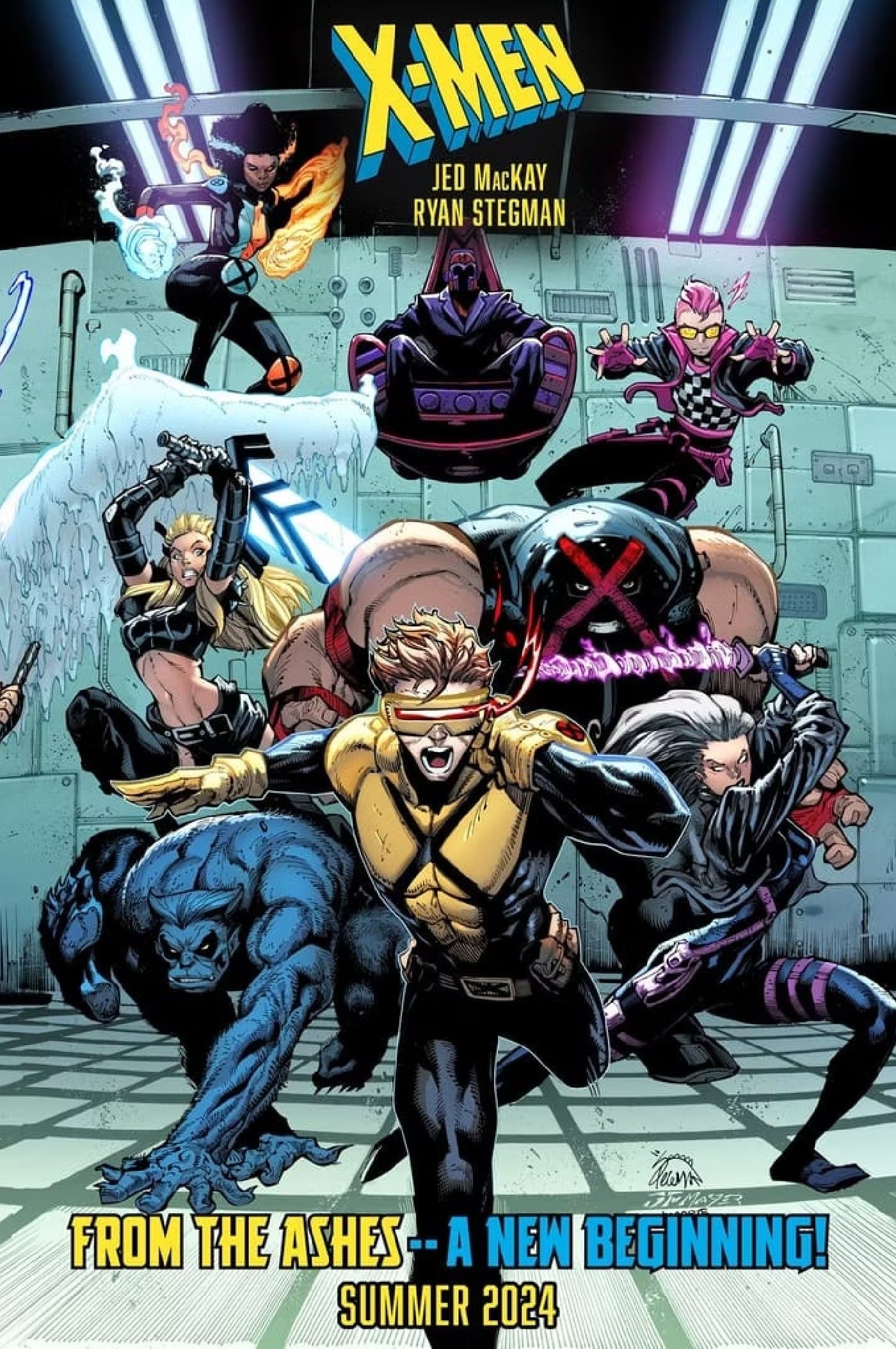Summary
- Marvel’s
X-Factor
#1 delves into a mutant arms race post-fall of Krakoa, pushing
Civil War’s
ideas even further. - Havok struggles with X-Factor’s corporate sponsorship, debating joining the team in a world where mutants are pawns.
- The X-Men face ethical dilemmas as Earth’s mutants become targets without Krakoa, taking
Civil War’s
concept to new levels.
Warning: contains spoilers for X-Factor #1!
Marvel’s first Civil War was a momentous event in the publisher’s history, and now the X-Men are reinventing one of its most creative ideas, but on a much larger scale. In X-Factor #1, part of the X-franchise’s From the Ashes era, fans continue to see the fallout from the fall of Krakoa, learning that shortly after, mutants are once again pawns, pushing Civil War’s biggest idea even further.
X-Factor #1 was written by Mark Russell and drawn by Bob Quinn. Havok is debating joining the latest incarnation of X-Factor. This new version carries corporate sponsorship, and Havok struggles with this. Polaris lends an ear, and Havok, in an attempt to rationalize what he is doing, informs her that after Krakoa fell, it instigated a “mutant arms race,” in which nations and paramilitary groups began grabbing up mutants for their ranks.
Havok concludes that whoever wins the race will be able to shape the destiny of all mutants–and X-Factor is on the right side.
Marvel’s First Civil War Marked a Seismic Shift in Its Universe
Civil War’s Most Creative Idea Has Resonated With Fans Ever Since
The idea of a superpowered arms race, be it mutant or otherwise, is not a new idea in comics. DC Comics’ Doomsday Clock was built around this idea, as did Marvel’s Civil War. First published in 2006-2007, Civil War saw Captain America and Iron Man go to literal war over the implementation of the Superhero Registration Act. The miniseries ended with a victory for Iron Man’s forces, and the Act was passed. The 50-State Initiative was a result: a superpowered team for all 50 states. The Act faded over time, but the idea refused to go away.
Krakoan identity was strong as well, but now that the nation is no more, mutants have no homeland to pledge allegiance to, making them easy targets for militaries, corporations and other shady parties.
Now, Earth’s mutants are taking this idea one step further in the wake of Krakoa’s fall. During the Krakoa Era, mutants lived in a relatively isolated location. Furthermore, there were simply so many of them, any kind of major attack from another nation could be easily countered–it took Orchis a good deal of time to plan their assault. Krakoan identity was strong as well, but now that the nation is no more, mutants have no homeland to pledge allegiance to, making them easy targets for militaries, corporations and other shady parties.
The X-Men’s Mutant Arms Race is a Sticky Situation
The Mutant Arms Race Could Be a Disaster for Earth and the X-Men
A mutant arms race raises a number of ethical and moral questions. Given the history of experimentation on mutants, most of it against their wills, it is possible that many were conscripted or coerced into service. The Krakoan diaspora has led to feelings of confusion and resentment among mutants, and some are no doubt seeking revenge. These paramilitary groups may just be the outlet for such frustrations. Regardless of motivation, the X-Men are once again at the mercy of the rest of the world, and in response have taken Civil War’s best idea even further.
X-Factor #1 is on sale now from Marvel Comics!
|
X-Factor #1 (2024) |
|
|---|---|
 |
|


